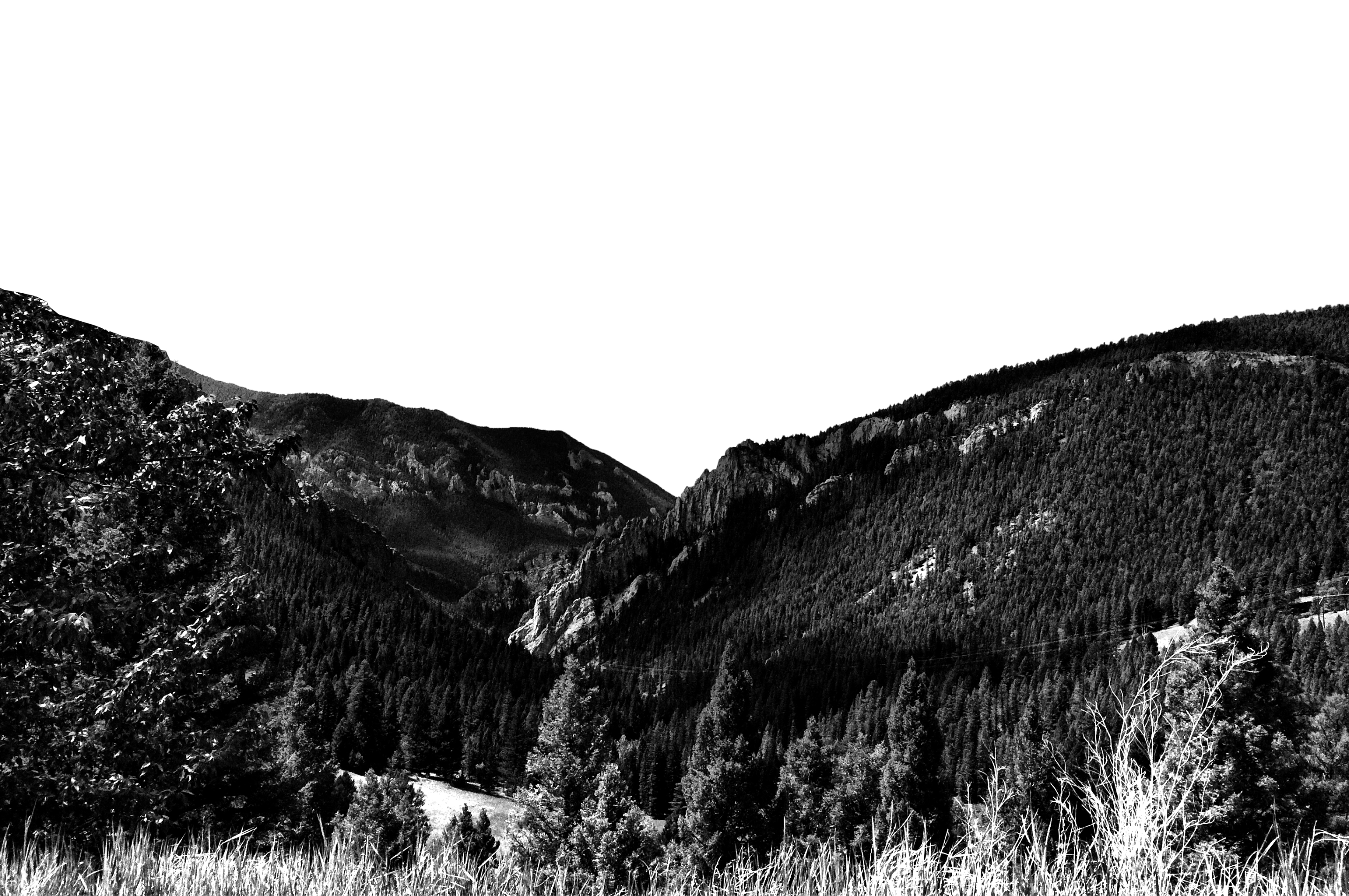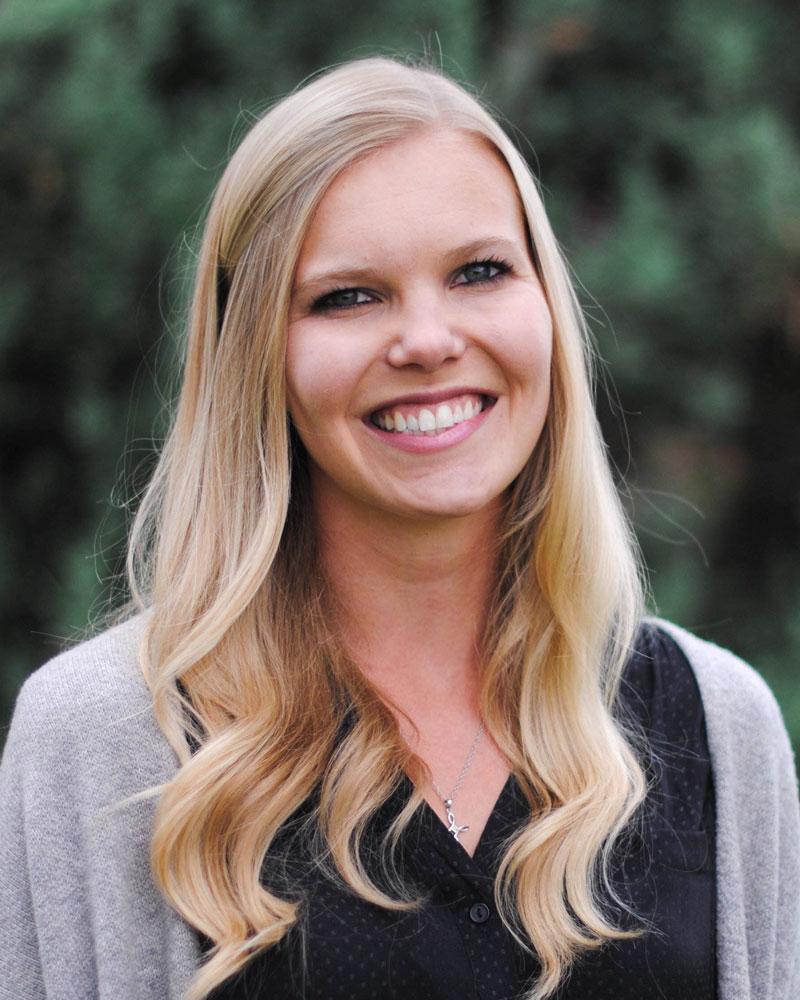About
Education
Ph.D. Montana State University-Bozeman
College Teaching Certificate, Montana State University-Bozeman
B.A. Carroll College
Areas of Interest
Osteoarthritis, biomechanics of the musculoskeletal system, cellular mechanotransduction, mechanobiology
Courses Taught
Intro to Human Anatomy & Physiology I and II, Comparative Vertebrate Anatomy, Biological Principles II Lab
Biography
Originally from Minnesota, Alyssa moved to Helena, Montana to attend Carroll College. While at Carroll, she completed an undergraduate research experience with Dr. Caroline Pharr in the Chemistry Department working to synthesize an organic light-emitting diode. Alyssa graduated Magna Cum Laude from Carroll College with a bachelor’s degree in Biology with the intent to pursue graduate school.
Alyssa moved to Bozeman, MT to pursue her doctorate in Dr. Ronald June’s Medical Mechanotransduction Laboratory at Montana State University. Her research focused on using liquid chromatography-mass spectrometry based global metabolomic profiling to generate metabolic phenotypes of osteoarthritis (OA) in human synovial fluid in search of identifiable biomarkers of disease. She also studied cellular mechanotransduction in the context of OA, researching the effect of short- and long-term joint loading on synovial joint metabolism as a non-pharmaceutical intervention to slow or halt the progression of OA. In addition to her doctorate, she earned a College Teaching Certificate in the Higher Education Department at MSU with an emphasis in Teaching in STEM and Distance-Delivered Education.
Alyssa returned to Helena in the fall of 2018 to join the Life and Environmental Sciences Department as an Assistant Professor of Biomechanics. At Carroll, Alyssa teaches a combination of lectures and labs for Introduction to Human Anatomy and Physiology I and II, Comparative Anatomy, and Biological Principles I and II. Her interdisciplinary Biomechanics Research Program will build off her graduate studies, using metabolomics-based methods to study osteoarthritis and mechanobiology. Students in her research group will cross a variety of disciplines, including biology, biochemistry, cell biology, data science and bioinformatics, and bioengineering.
Outside of her professional life, Alyssa enjoys exploring the outdoors and frequenting Montana’s many breweries with her husband. She loves trail running and hiking in the mountains surrounding Helena, fly fishing the Missouri and the Blackfoot rivers, and skiing at as many ski areas as possible in the winter months.
My decision to return to Carroll as a professor stemmed from the impact my Carroll professors had on me while in undergrad, as well as my love for Montana.
My teaching responsibilities consist of a combination of lectures and labs, including the year-long Introduction to Human Anatomy and Physiology sequence and an upper division Biomechanics course. I have also developed a Biomechanics Research Program that studies mechanotransduction and disease – specifically osteoarthritis and polycystic kidney disease. For both diseases, my research group is studying how resident cells in cartilage and the kidneys respond to mechanical stimuli (compression, shear/fluid flow, tension) by altering their metabolic pathways and how a shift in mechanotransduction can lead to or progress disease into the more severe later stages. A major goal I set for students in my research program is to disseminate their research findings in the form of publications in high-impact journals and presentations at regional and national conferences in our field.
My approach to both teaching and mentorship heavily focuses on the importance of interdisciplinary collaboration in science education and research. For example, my research program collaborates with local clinics in Helena to obtain normally discarded human samples to harvest cells for experimental procedures. Datasets generated in these projects by the undergraduates in my research program are then incorporated into an upper division data science course for students developing advanced coding and statistics skillsets to analyze. An emphasis on interdisciplinary involvement and collaboration will enrich student learning, making it more challenging and diverse, while simultaneously preparing them for the increasingly interdisciplinary careers dominating the workforce.

